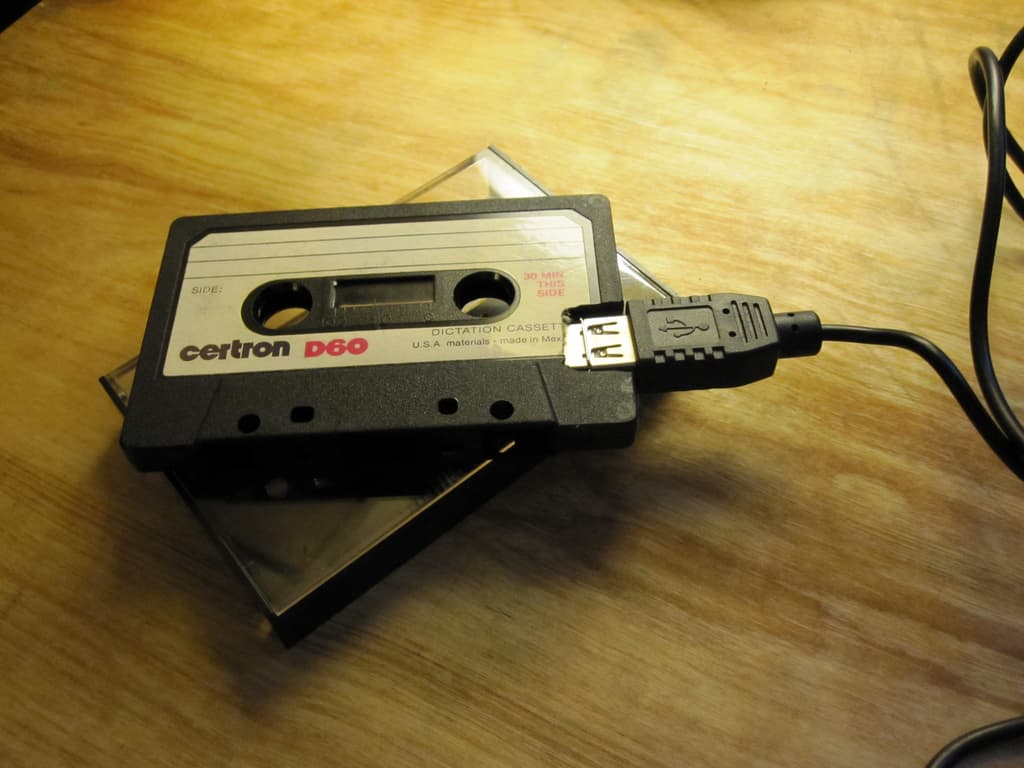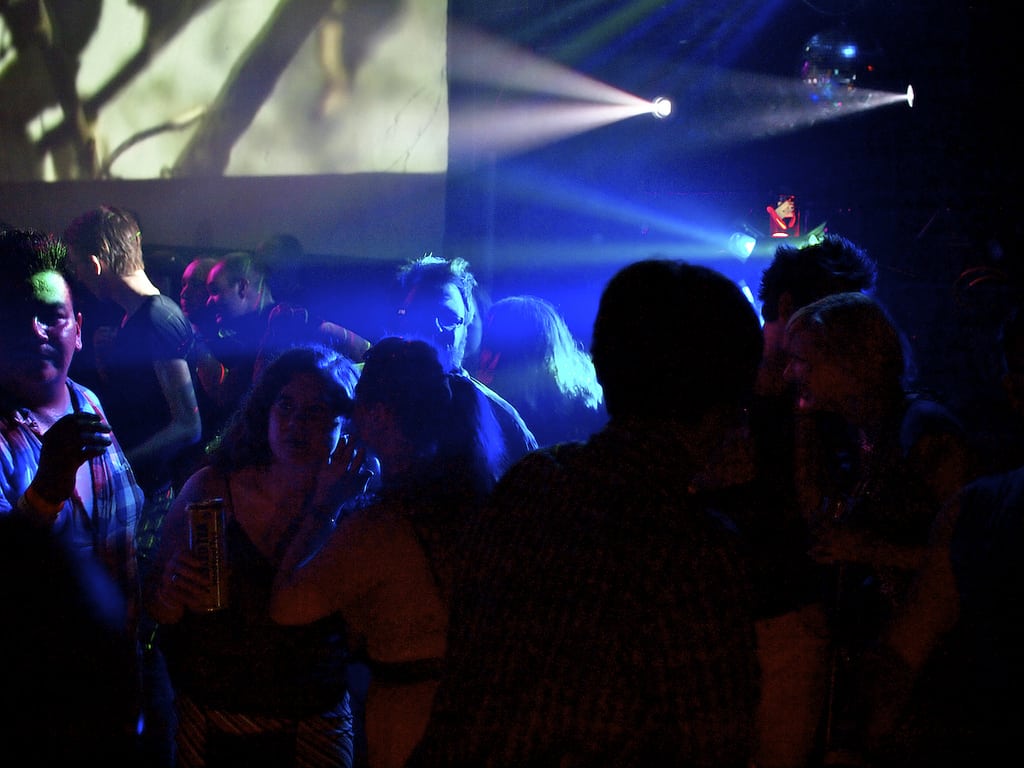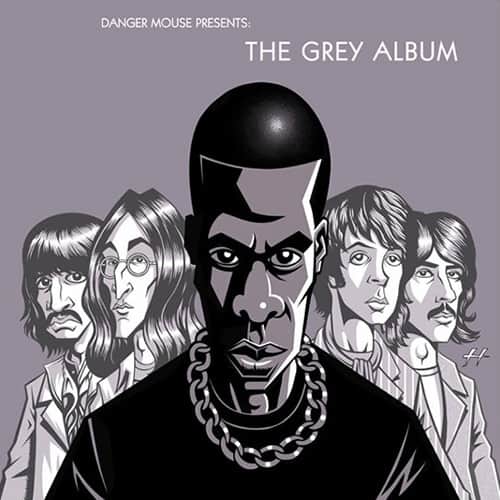Back in the day, way, way back in the early ’90s, my friends and I would go to this “all ages” night at First Avenue, a club in MSP made famous by Prince in “Purple Rain.”1. Evenings generally consisted of standing in the shadows trying to look vaguely menacing/cool, cracking each other up with new jokes, and hitting on people we hoped wouldn’t shoot us down. We’d occasionally dance, but a lot of our time was spent standing around looking at these bizarre videos playing as the back drop to whatever music the DJ had going that night. Bugs crawling, underwater demolition, soldiers in gas masks, Justine Frischmann’s sneering face – it all had this sort of Avant Garde feel.
The thought was that the DJ must be a brilliant artist/philosopher. How else would he (or, in some very rare cases, she) have gotten the job? So, we trusted the person to make the mood for the night based solely on the belief that he was in the booth for a reason. Everything that was put on the screen was cryptic and strange. Nothing quite made sense, but it had a feel. It was a single person mixing images of light with sound to create an overall vibe for the evening. It was an amazing innovation.
We presumed that the equipment was extraordinarily expensive. We were convinced that there must be an equally extraordinary talent behind the boards in the sound-booth. It seemed that we might even be let into some mystery unfolding in the mind of that mashup artist. We were young gnostics, seekers of secret knowledge. We hoped we might glean the key to something that would make our lives, make all of this make sense, that some flicker of light on that interior screen of our imagination would be illuminated in a new way. We hoped that being immersed in the video and the sound and that we would think differently about ourselves, that we would somehow become creators of the scene.
The thing is, there was a night when, standing amidst the thumping bass lines, it hit me: there was no deeper meaning, no hidden wisdom to any of it. These were just sensory stimulants poured into an audio-visual blender. It was a person making high decibel fuel for dance and conversation, massaging the senses so that something else might emerge. There was no depth other than whatever sense of self we’d brought in with us. Maybe there would be some connection with another person. Maybe we would say something really funny. Maybe we would just go home at the end of the night with our ears still ringing – happily unenlightened, content to be alive. Not a bad way for punk kids to spend a weekend night. We were there, sharing in a communal ritual. We loved it because it was all about us.
***
I have been thinking about mashups as of late. Briefly, mashups occur when different types of digital media (songs, images, words, etc.) are spun over each other to create something new. The first recording of a mashup that always comes to my mind (other than Kelly Clarkson vs. American Analog Set) is the Grey Album. If you are unaware of it, not to worry, it’s not exactly a litmus test of cultural literacy. It was created by DJ Danger Mouse using Jay-Z’s Black Album and the Beatles self titled LP, often called the White Album. Now I’m not really a fan of either Jay -Z or the Beatles. I respect them, but I never listen to them. I listened to the Grey Album because, in my mind, it had three things going for it.
First, it was a novel idea. Mix two albums together and it becomes a new thing (Black + White = Gray). While this made the record company angry (Avast ye, pirate dogs), it was a wake up call for many people who were just coming to grasp the possibility of digital media. Mashups had been around for years, but technology had evolved to the point that anyone with half a mind could record, splice and display digital media with relative ease. While the quality might not be as good as what Danger Mouse did, this allowed people to believe that they could be the artist they always wanted to be – not just with music, but with video (YouTube came out a year later).
Second, it sounds really good. You can hear the first three songs here – I recommend minimizing the screen and letting the music play while you read. (And if you are interested in hearing how this changed from the original, you can find the first three Jay-Z songs in the original form here: Public Service Announcement, What More Can I Say, Encore. You can also find the songs that Danger Mouse samples from the Beatles here: Long, Long, Long, While My Guitar Gently Weeps, and Glass Onion and Savoy Truffle.)
Third, and this is pretty much the main reason, I am a sucker for the idea of mashups. See, we take bits and pieces from our lives, sound bites we hear from one place, ideas from another, impressions from still another and we let them mix around inside of us. These impressions gained from everyday experience mingle with our emotions, our sense of history, our sense of self, and it all comes out in one giant mash-up of human action. We make mashups everyday, sometimes consciously and sometimes not. Somewhere in that cluster of impressions and ideas our understanding of life takes shape.
Granted, in some ways we have been doing this for millennia. Take the Nicene Creed for instance.2 Beginning even to understand the gravity of the words in the Creed takes time. After all, the Creed developed out of three hundred years of lived experience for one purpose: to lead people into a collective knowledge of God in Christ. It is a record of the Christian struggle to name the developing comprehension of God; out of that the Creed emerged as a testament to human faith mingling with human reason.
What I find so amazing about the Creed is that, with a little work, the words it uses can still be understood, they can still lead others to new understanding. Even after a millennium and a half of use we still have the hope that this profession of faith will lead us into an experience of the Transcendent. It put into language a truth that could not be contained by language, but could come to be known through language. It names the things that we believe about God and that have provided access to a relationship with the transcendent for billions of people.
***
So, far from indicting digital media, what I mean to do here is ask one question: when are we as Catholics going to embrace the mashup age? We are witnessing the birth of a new way of communicating – a new language and a new type of social interaction. For the first time in our history we are learning a visual language that can be accompanied by music, something that can be cut, edited, re-arranged in a thousand different ways and mass-distributed across the globe in seconds. There are a number of people who are creating interesting things and learning how to use this language in an effective way.3 It is not just trend centers and selectively educated masters of digital media who have access to this technology, it is all of us who have access to computers.
This phenomena has developed so quickly, and it occurs so regularly, that I am not sure we even recognize the beauty and difficulty of it anymore. We live in a mashup culture. We can receive thousands of digital impressions everyday. We look to the internet and see billions of options for how we might spend our time. Often we define our days through the media that we consume and produce on-line. We love the internet because it lets us hear the things we want to hear, and see the things that we want to see. We love the internet because it is all about us.
The danger is that we do not need to force ourselves into anything that challenges what we already think. We can find the sites we like, the images we like, and create a world that is only our world. No matter how critical we are of what we consume on-line, the images presented there still shape us. And then we turn around and reproduce those very images, adding them to our Facebook and constructing our own mashup self image there. And if we do it well we know that other people will link to us, they’ll like us and tell their friends and everyone will love what we have done. Everyone will love us. And, “when everybody loves you… you can never be lonely.” Our world is right there, staring right back at us, and it feels great.
The thing is, life is not really about any one of us feeling great. It is about finding that which makes this world livable for as many people as possible in this present life, and orienting ourselves towards eternal life in the next. In the above examples of our mashup media culture, true community is lost. It is not meant to be reflected on in depth. It is not speaking of “things hidden” in a revelatory language. At the best, it is describing a limited physiological experience of the human that does not include space for our eternal nature. It has sensual appeal and seems to make a promise of something more, but it reveals nothing about who we are in God’s creation.
***
We are in the process of awakening to the Spirit. We are in the process of salvation. We have a mission – to share the word of Christ, the promise of eternity, with as many people as we can. And that’s the problem with this new language. It takes time to create symbolic depth. It takes time to make people aware that God is present in the world. It takes time to master technology and get on board not only with what it can do, but what it can reveal to us about who we are, why we are here, and where we are going. And digital media hasn’t had much time yet.
So this is where I want to see digital media go. I hope we find a way to develop a shared language that is as visually appealing as it is deep. Instead of just consuming one video cluster after another, each filled with bizarre images and catchy music, I hope we can be conscious of what we are ingesting and how it’s shaping us. I hope we can use media to speak about our shared experience of the eternal. Our mashup culture can be used to find new ways to articulate ancient truths. We can allow it to lead us to a place of reflection and understanding of ourselves in relationship to God.
Putting the best face on it, I think that the ultimate desire of all media-makers (even you and me) is that they are making something of depth, something of passion and resonance. I think that we all desire to know Truth even though we struggle with its articulation. As Christians, however, we have a sense of tradition, we know that our struggle to name truth stretches back thousands of years. When we see this tradition, we realize that it is possible to articulate our experience of God in a way that allows others to experience God for themselves. The digital language taking shape around us has no tradition and no shared context. It is a new frontier that is yet to be explored. Like the authors of the Creed, our job is to use this language to speak of God, to increase awareness of the Kingdom, and to create a path into that liminal space of Spirit, flesh, and incarnation.
— — — — —





